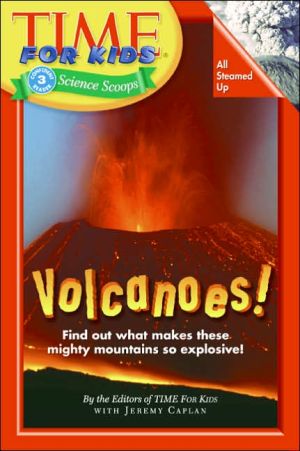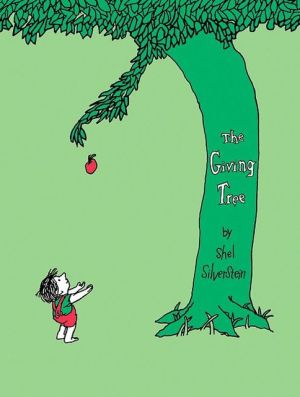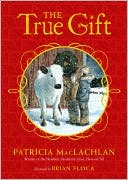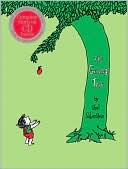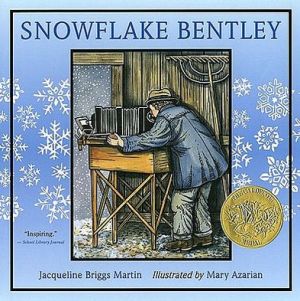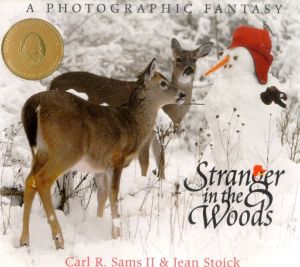Time For Kids: Volcanoes!
Get the inside scoop on the world's most explosive mountains!\ \ Meet a volcanologist\ Discover why volcanoes erupt\ Visit the world's hot spots\ Learn more than forty fun facts about volcanoes\
Search in google:
Get the inside scoop on the world's most explosive mountains! Meet a volcanologist Discover why volcanoes erupt Visit the world's hot spots Learn more than forty fun facts about volcanoes Children's LiteratureWhat a sight—hot rocks and what looks like a fountain of flames are spewing from an erupting volcano. This is no force to be taken lightly—volcanoes can be destructive, but they are also very important in the life cycle of the earth. Volcanoes create new land and provide nutrients to produce rich farm land. Young readers will learn all about what makes a volcano erupt and what defines an active, dormant, and extinct volcano. The people who study volcanoes (volcanologists) are often put into dangerous situations. Having visited Pompeii and Herculaneum, I have seen what the power of an erupting volcano can do. Yet, people still live near potentially dangerous volcanoes. The pictures and diagrams are excellent and readers will learn quite a bit in this nonfiction science reader. The closing pages have a "Words to Know" section and "Fun Facts" which identifies the four types of volcanoes. A level 3 book in the "Time for Kids" "Science Scoops" series.
\ Children's Literature\ - Marilyn Courtot\ What a sight—hot rocks and what looks like a fountain of flames are spewing from an erupting volcano. This is no force to be taken lightly—volcanoes can be destructive, but they are also very important in the life cycle of the earth. Volcanoes create new land and provide nutrients to produce rich farm land. Young readers will learn all about what makes a volcano erupt and what defines an active, dormant, and extinct volcano. The people who study volcanoes (volcanologists) are often put into dangerous situations. Having visited Pompeii and Herculaneum, I have seen what the power of an erupting volcano can do. Yet, people still live near potentially dangerous volcanoes. The pictures and diagrams are excellent and readers will learn quite a bit in this nonfiction science reader. The closing pages have a "Words to Know" section and "Fun Facts" which identifies the four types of volcanoes. A level 3 book in the "Time for Kids" "Science Scoops" series.\ \ \ \ \ Kirkus ReviewsOne of the latest in the Science Scoops series, this is a level 3 intended for confident readers. Organization is one of the stronger points. Information about volcanoes is presented in four short chapters. Chapter one introduces volcano vocabulary and basic facts, and includes a cross-sectional diagram. The second chapter profiles the work of volcanologists. Some of the world's more famous volcanoes and the Ring of Fire are the focus of chapter three. Finally, the fourth chapter looks at ways people have learned to live with volcanoes, harnessing their power for positive uses. Young readers will be especially fascinated by the list of quick factoids found at the back. While vocabulary is defined within the text, a "Words to Know" section recaps their meanings. Stunning photographs that are well-labeled will attract a wide audience. Unfortunately, there is no bibliography or list of resources for further reading-flaws that are common in this and other series produced by TIME. Both a good starting point for learning about volcanoes and an easy-reader resource for information. (Nonfiction. 7-9)\ \
